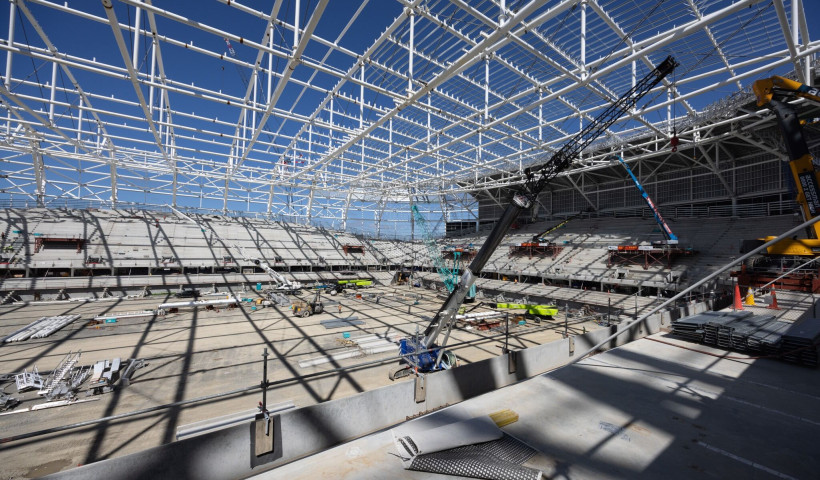
Many people engaged in the design and construction of lightweight terrace homes will have seen the shift to central barrier type intertenancy walls over recent years. The advantages that the central barrier type walls bring to the table are undeniable.
These advantages include:
- High levels of FRR and STC performance;
- The ability to penetrate wall linings with electrical and plumbing services (within certain limitations) without the need to fire seal those penetrations;
- Wall linings can terminate at ceiling level.
GIB Noise Control Systems include several central barrier type wall specifications that are suitable for lightweight terrace home designs.
But what about large-scale apartment buildings? These types of designs typically utilise a primary structure made from steel and/or reinforced concrete, which then have non-load-bearing partitions added to form the external and internal walls. Do the designers and builders of these large-scale apartment buildings have any viable central barrier type intertenancy wall options? The answer is yes, they do.
The traditional framing material utilised for non-load-bearing partitions in largescale apartment buildings is light gauge steel. This is driven by cost and framing depth considerations. A narrower partition wall results in more usable floor area. Common framing arrangements for intertenancy partition walls include double C-section steel frame and single GIB Rondo Quiet Stud steel frame. A relatively new option is the connected central barrier type wall constructed from a double C-section steel frame. They, along with numerous other specifications, all appear in the GIB Noise Control Systems Manual.
Whilst the FRR and STC performance of these three wall specifications are the same or similar, the construction of each one is very different. For example, there are inherent advantages that come with connected central barrier specification GBSAB 60e. Not only can it stretch to a maximum wall height of 4000mm when constructed from standard 64 x 34 x 0.50mm steel framing, but it can also accommodate unprotected electrical and plumbing penetrations through the wall linings (within certain limitations). This advantage over the other wall types can translate into a welcome reduction in the passive fire protection budget for the project. Having that uninterrupted central barrier also provides an additional level of confidence that the final installation will achieve the claimed levels of FRR and STC performance.
Article by Hamish Ewan, Senior Technical Support & Development Engineer at Winstone Wallboards. Click here to view the full version.
For further information go to gib.co.nz or call the GIB Helpline on 0800 100 442.













 Case Studies
Case Studies








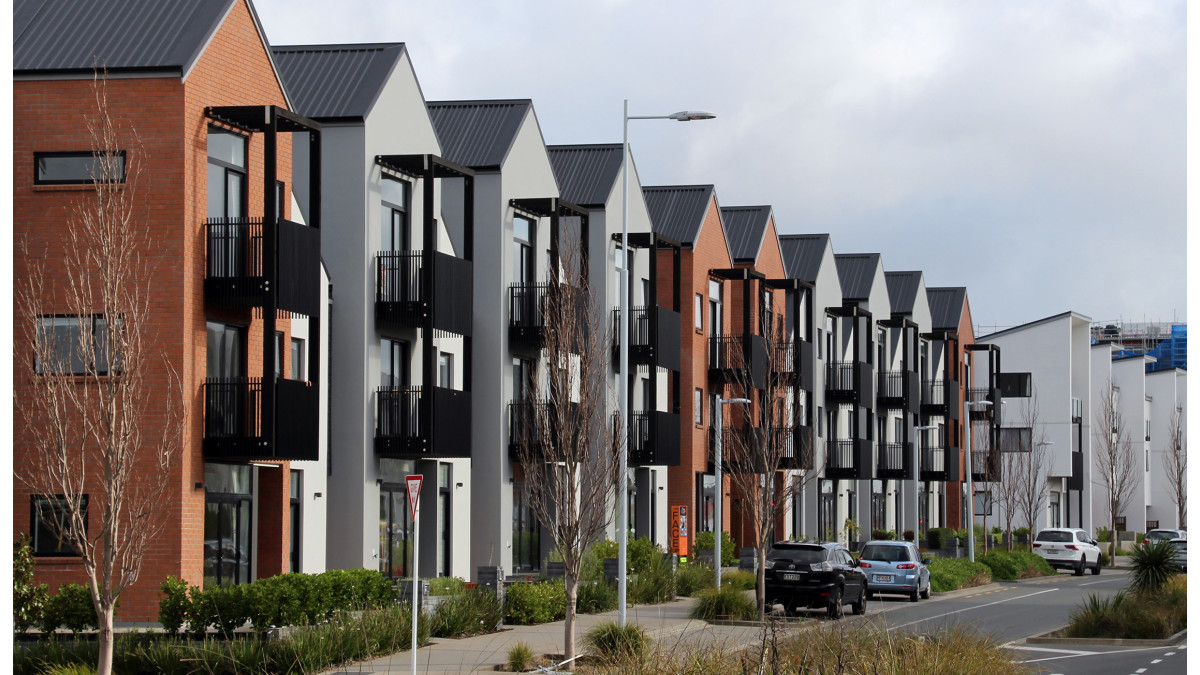
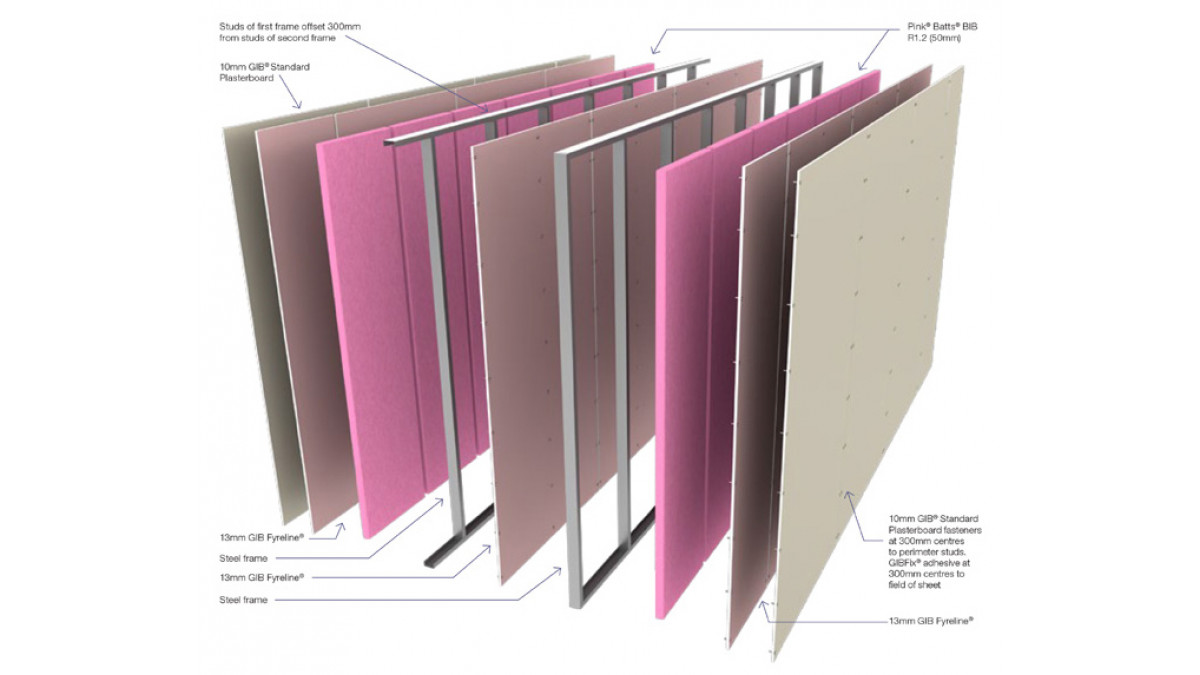


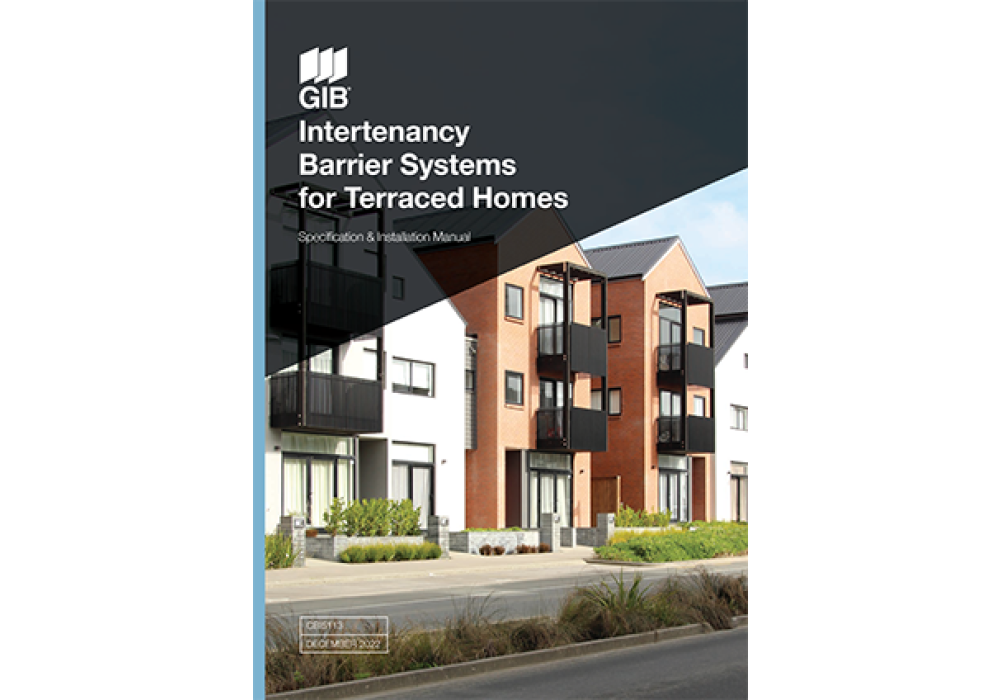
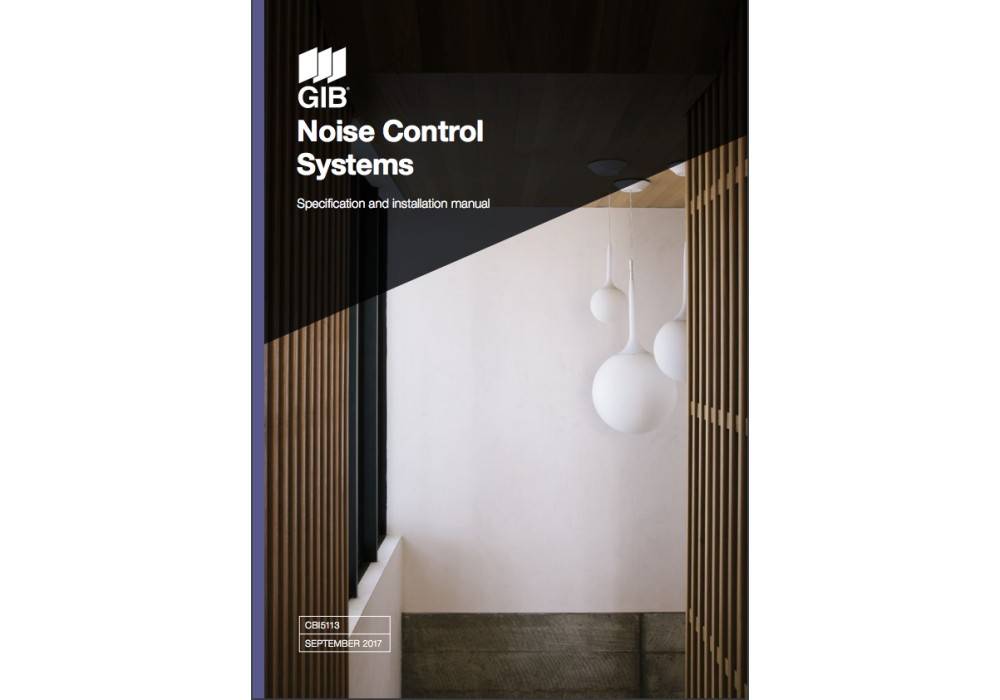

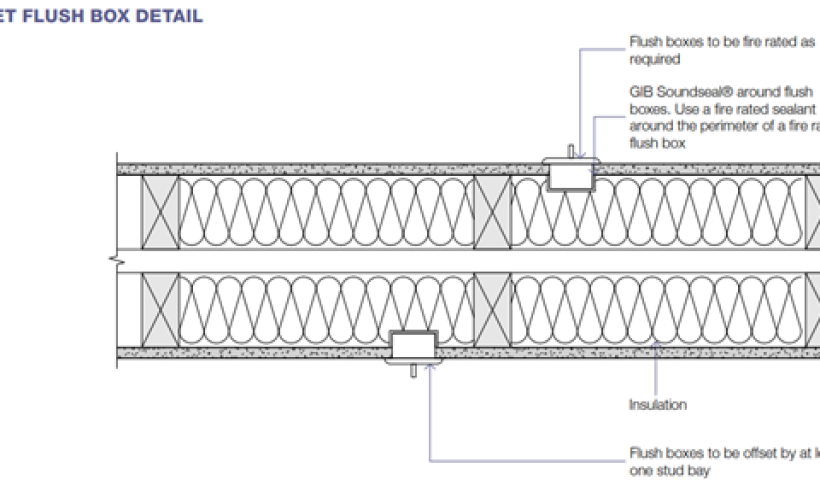
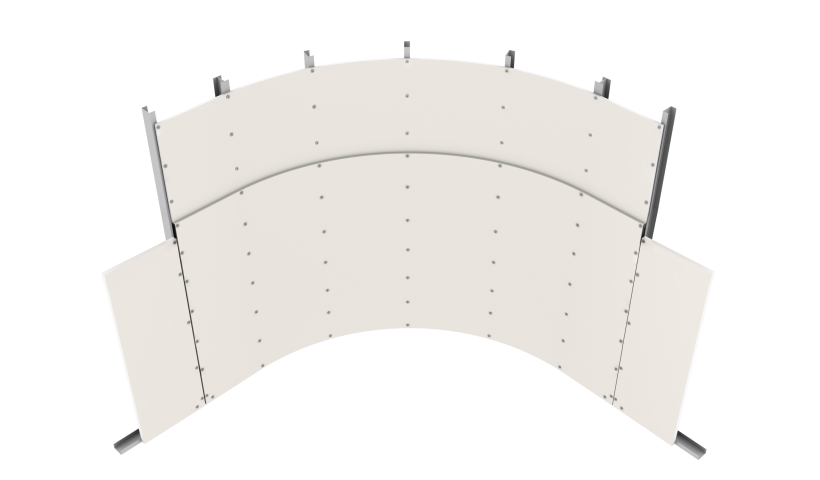
 Popular Products from GIB
Popular Products from GIB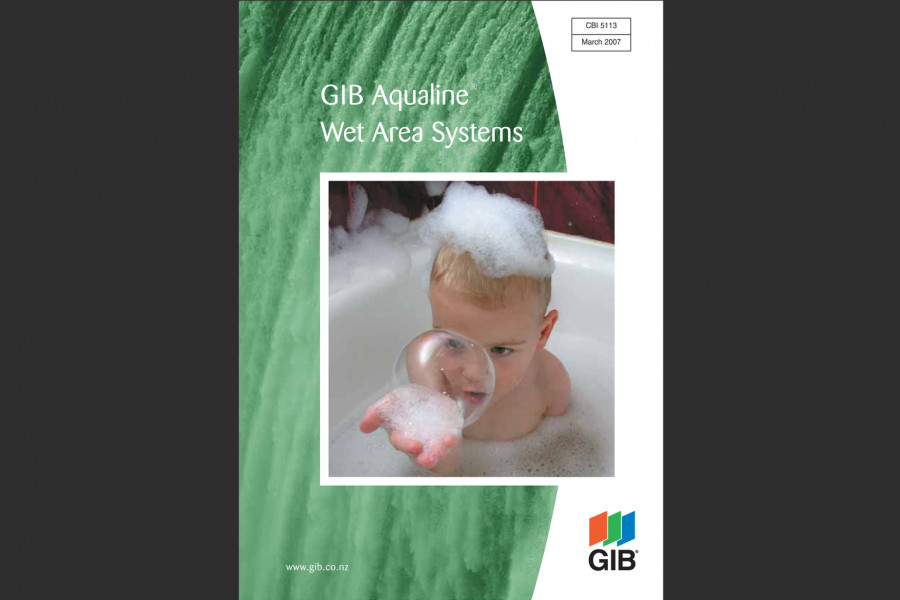
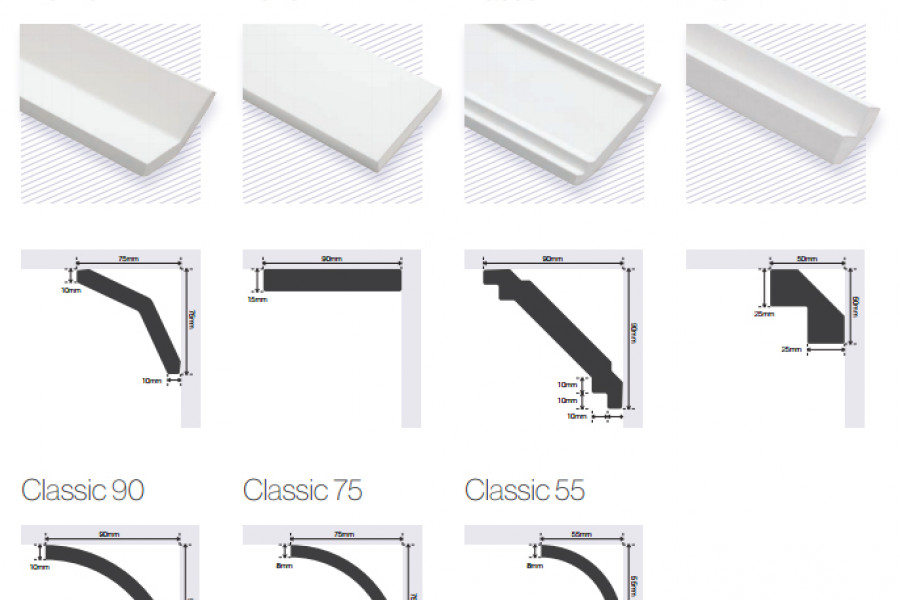
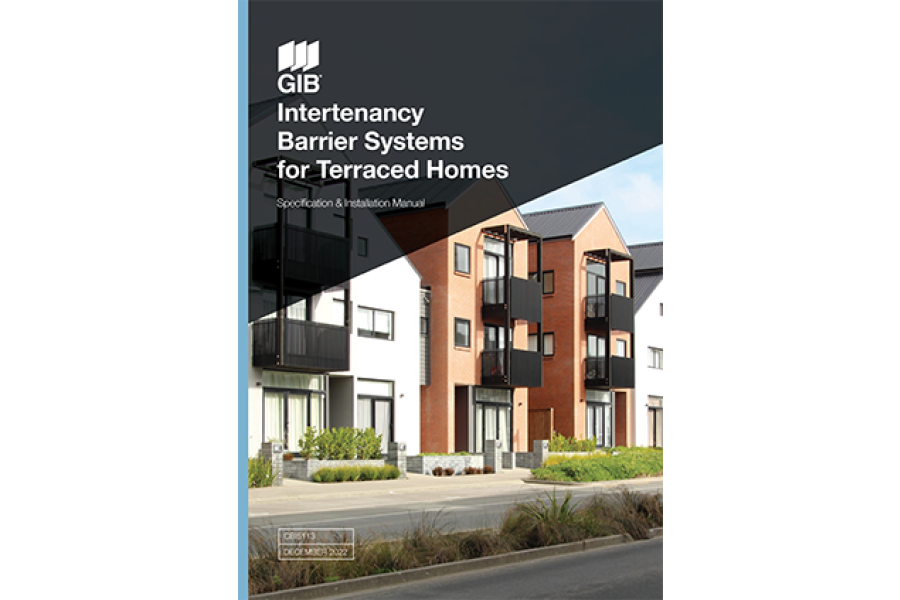
 Most Popular
Most Popular


 Popular Blog Posts
Popular Blog Posts